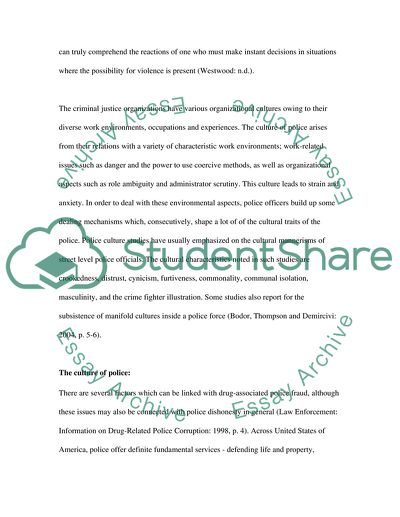Cite this document
(The Persistence of Police Culture Assignment Example | Topics and Well Written Essays - 3000 words, n.d.)
The Persistence of Police Culture Assignment Example | Topics and Well Written Essays - 3000 words. Retrieved from https://studentshare.org/law/1730477-issues-in-contemporary-policing
The Persistence of Police Culture Assignment Example | Topics and Well Written Essays - 3000 words. Retrieved from https://studentshare.org/law/1730477-issues-in-contemporary-policing
(The Persistence of Police Culture Assignment Example | Topics and Well Written Essays - 3000 Words)
The Persistence of Police Culture Assignment Example | Topics and Well Written Essays - 3000 Words. https://studentshare.org/law/1730477-issues-in-contemporary-policing.
The Persistence of Police Culture Assignment Example | Topics and Well Written Essays - 3000 Words. https://studentshare.org/law/1730477-issues-in-contemporary-policing.
“The Persistence of Police Culture Assignment Example | Topics and Well Written Essays - 3000 Words”, n.d. https://studentshare.org/law/1730477-issues-in-contemporary-policing.


